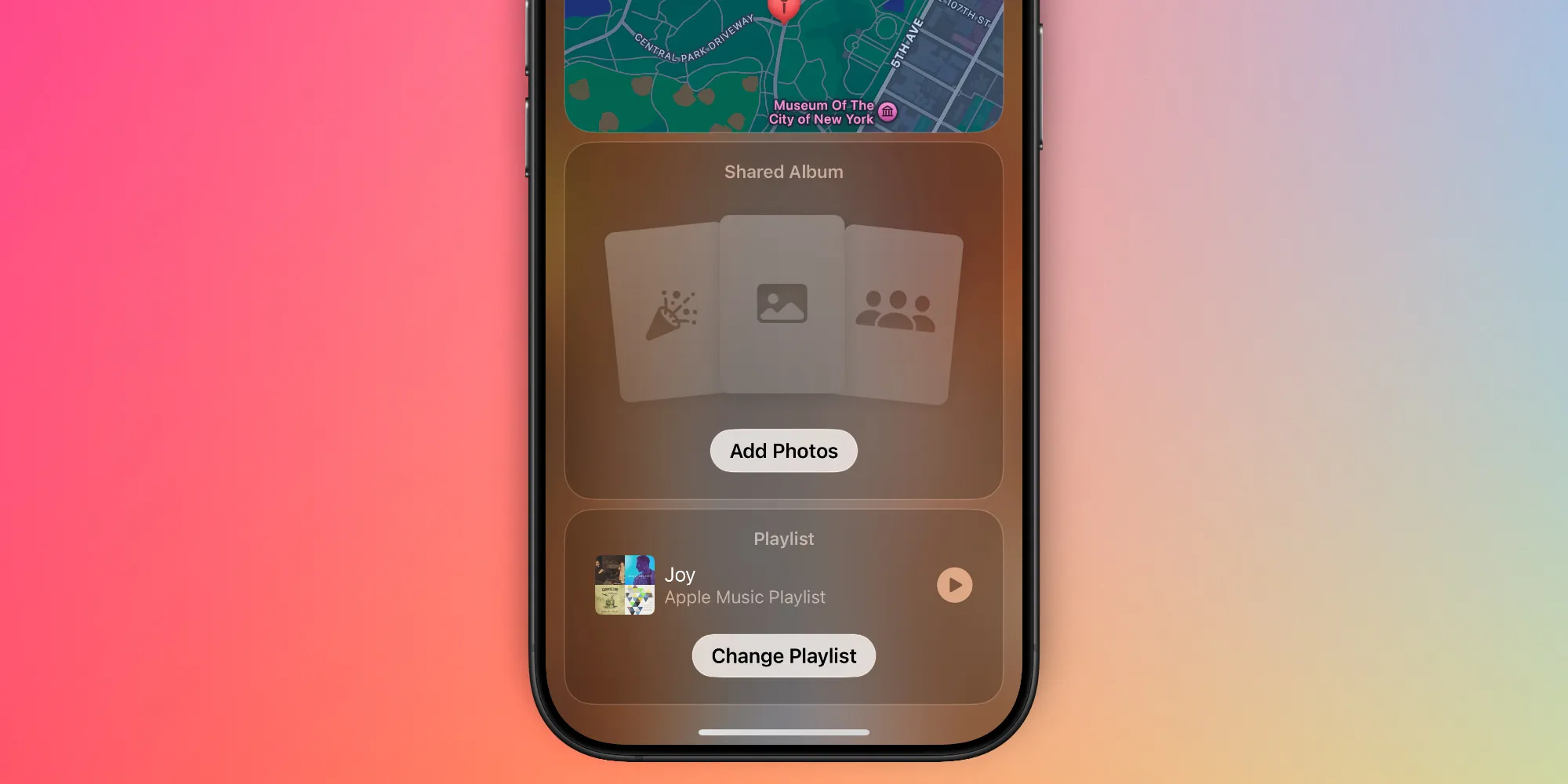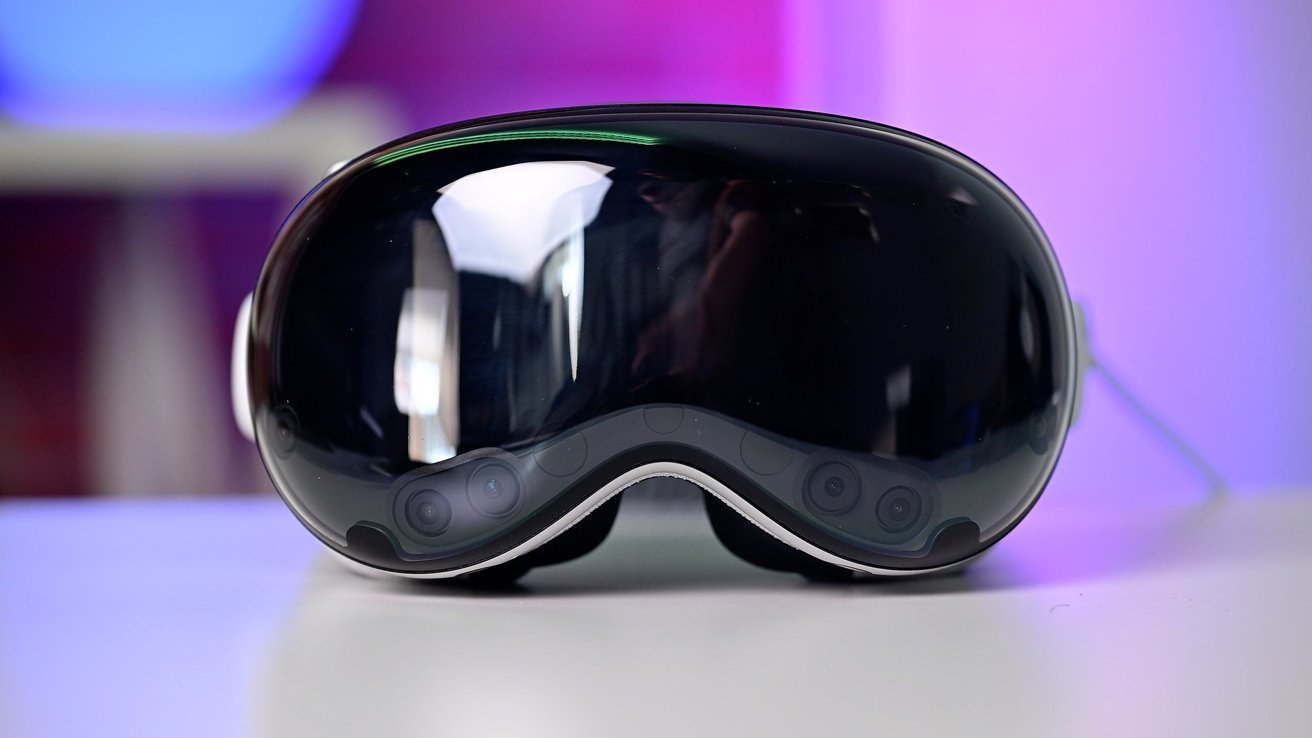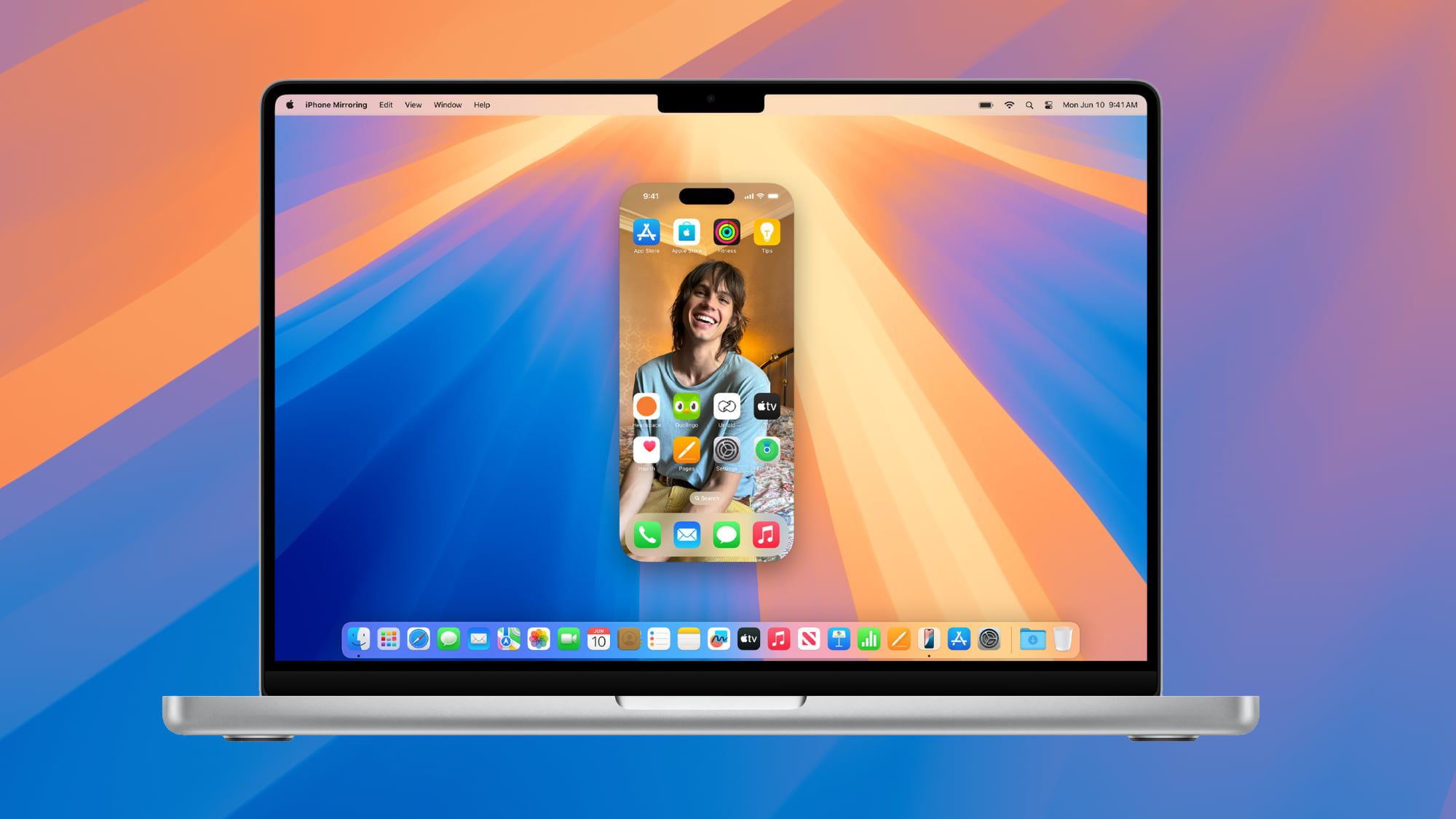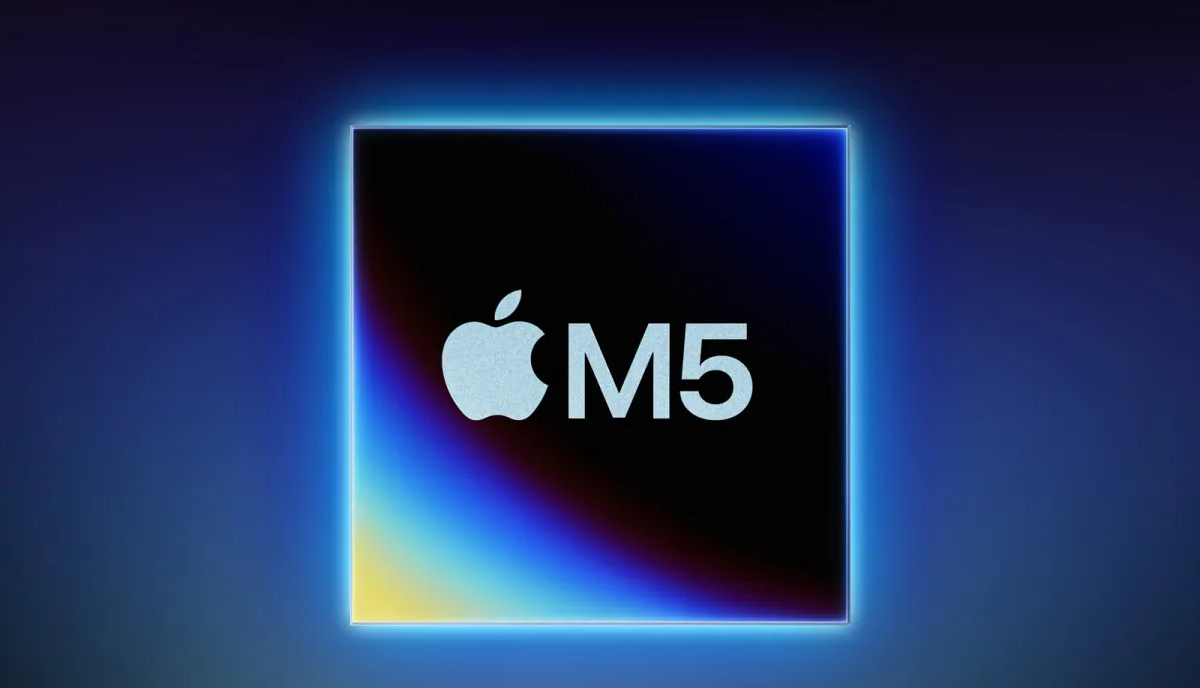Apple is rolling out three new home devices this year, and the first one is particularly thrilling. I’m dubbing it the ‘Smart Hub’, and it promises to fill a crucial gap in Apple’s smart home setup.
Apple Home Gets Its First Real Control Center
Apple has always backed the idea of a ‘home hub’ with its gadgets. According to their support documents, you could use a HomePod, HomePod mini, Apple TV, or an iPad as your ‘home hub.’ But what does that mean? It just allows you to manage your smart devices from afar, set up automation, and gain a few connectivity perks.
However, this new Smart Hub will redefine what a ‘home hub’ means by acting as the main control center for your smart home gadgets.
A New Era for Apple’s Home App
The original HomePod aimed to be this kind of device, but its reliance on Siri for control has been a limitation. Siri’s performance can be hit or miss, and relying solely on voice commands isn’t ideal for everyone.
Enter the Smart Hub. This device will not only let you use Siri but also gives you a touch screen to interact with all your smart home gadgets directly. While you can already control your home with various Apple devices like iPhones, iPads, and Apple Watches, none of these are dedicated solely to home control.
Making Smart Home Control Easy for Everyone
The Smart Hub will come with a 7-inch square screen, perfect for placing on your kitchen counter, attaching to your fridge, or setting on a console table. It’s designed specifically for managing your smart home, running an operating system tailored for this purpose.
While some people are comfortable using just Siri for home control, many, especially those less tech-savvy, will appreciate having a physical, visible way to manage their devices. If Apple prices the Smart Hub reasonably, you could have several around your home, providing easy access to your smart home controls wherever you are.
A Long-Awaited Feature for Apple Home Users
While Amazon and Google have offered display-equipped home hubs for a while, Apple users have been missing this feature. The Smart Hub might just be the answer they’ve been looking for, bringing a new level of convenience and interaction to Apple’s smart home ecosystem.
Source






